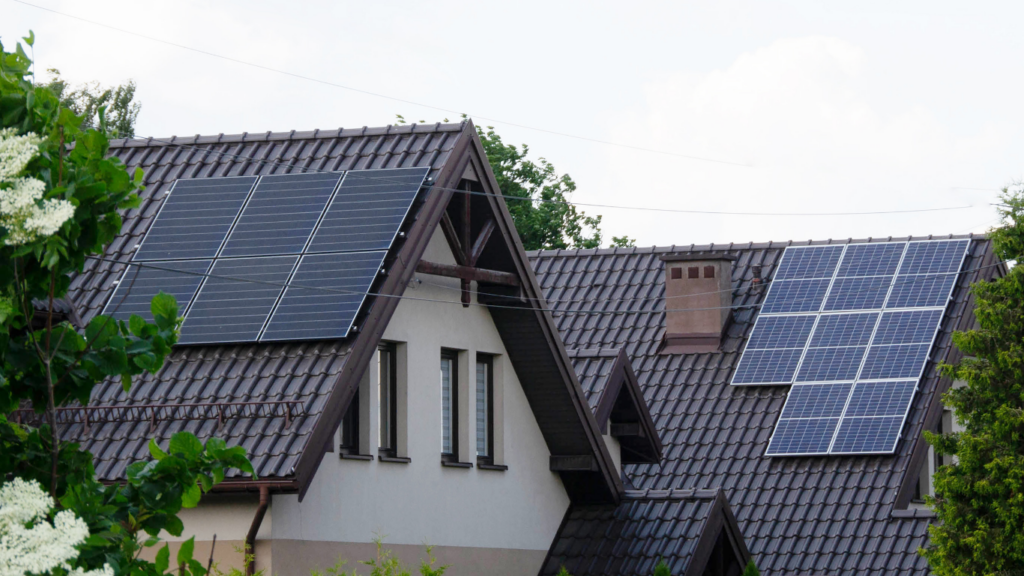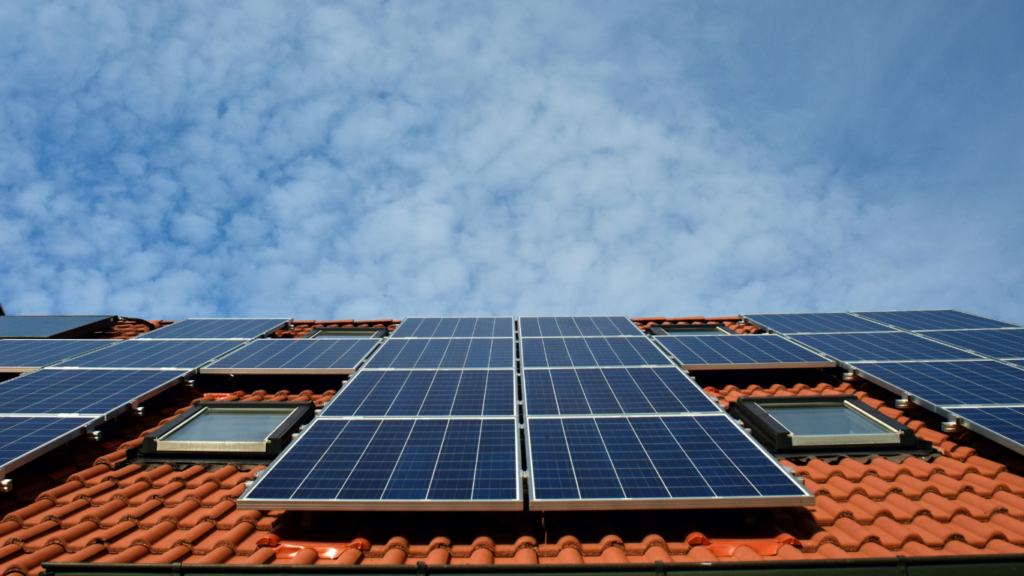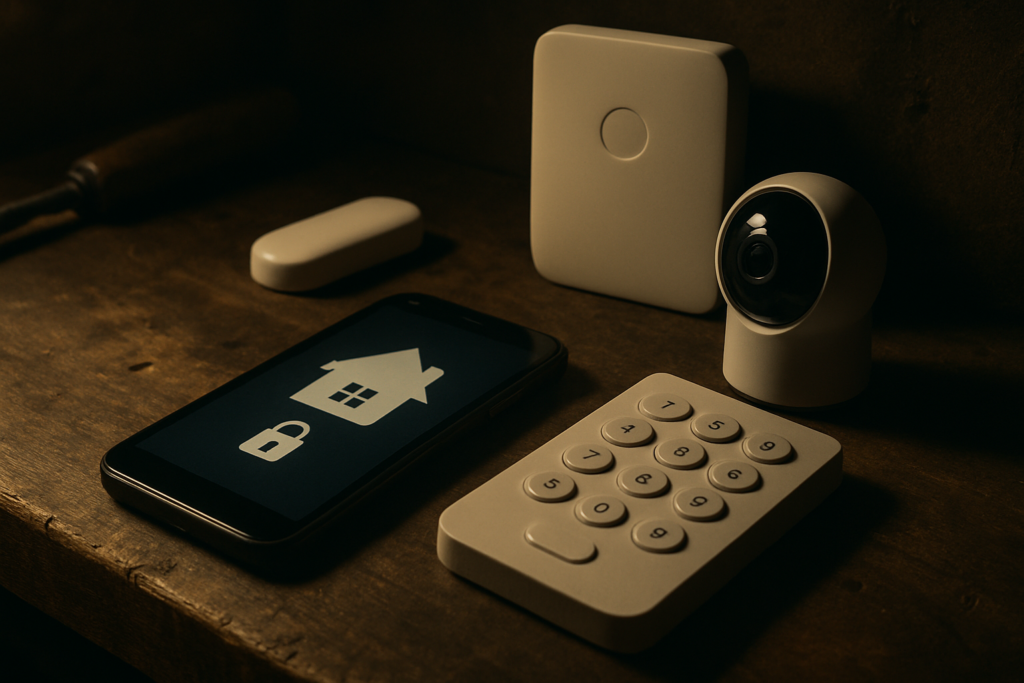As an enthusiast of cutting-edge technology, I’m always fascinated by the latest trends shaping the future of smart living. Home automation has revolutionized the way we interact with our living spaces, offering convenience, efficiency, and security like never before.
From voice-activated assistants to interconnected devices, the possibilities seem limitless in creating a truly smart home experience. In this article, I delve into the exciting world of home automation trends that are redefining the way we live.
With advancements in artificial intelligence and IoT devices, our homes are becoming more intuitive and responsive to our needs. Join me as we explore the innovative technologies that are making homes smarter, more energy-efficient, and ultimately, enhancing our quality of life.
Current State of Home Automation
Exploring the current landscape of home automation reveals a dynamic ecosystem of interconnected devices and systems that redefine the way we interact with our living spaces. Smart homes today are equipped with a range of cutting-edge technologies that enhance convenience, efficiency, and security in unprecedented ways.
In my analysis, I’ve observed a surge in the adoption of smart devices such as voice-controlled assistants, smart thermostats, and connected appliances. These IoT-enabled solutions are empowering homeowners to remotely monitor and manage various aspects of their homes, from adjusting temperature settings to controlling lighting and security cameras.
The integration of artificial intelligence (AI) algorithms in home automation systems has further elevated the capabilities of smart homes. AI-driven platforms can learn user behaviors, anticipate preferences, and adapt settings to optimize comfort and energy efficiency automatically.
Moreover, advancements in wireless connectivity and IoT protocols have streamlined the communication between different devices, creating a seamless interconnected network within the home. This interconnectedness allows for centralized control through smartphone apps or voice commands, offering users unparalleled convenience and accessibility.
In essence, the current state of home automation reflects a sophisticated convergence of technology and lifestyle, setting the stage for a future where homes are intelligent, responsive, and tailored to the unique needs of their inhabitants.
Advancements in Smart Home Technology
Smart home technology is constantly evolving, embracing new innovations that enhance our living environments. Let’s delve into two key areas driving the future of smart living.
Voice Control Integration
Voice control integration is revolutionizing how we interact with our homes. With the rise of voice assistants like Amazon Alexa and Google Home, homeowners can effortlessly control various devices and systems through simple vocal commands.
This seamless integration not only enhances convenience but also improves accessibility for individuals with mobility impairments. Voice-controlled lighting, thermostats, and security systems are just a few examples of how this technology is reshaping the way we experience and manage our living spaces.
AI and Machine Learning Applications
Artificial Intelligence (AI) and machine learning are at the core of the next wave of smart home advancements. These technologies enable systems to adapt and respond to user preferences and behaviors, creating personalized and efficient home environments.
AI algorithms analyze data from connected devices to optimize energy usage, anticipate occupants’ needs, and enhance overall comfort. From learning the temperature settings you prefer to automatically adjusting lighting based on your daily routine, AI and machine learning applications are transforming houses into intelligent and intuitive spaces that cater to individual lifestyles.
Sustainable Solutions in Home Automation
In the realm of home automation, sustainability plays a crucial role in shaping the future of smart living. The integration of sustainable solutions not only benefits the environment but also offers economic advantages to homeowners. Let’s delve into some key sustainable trends in home automation.
Energy-Efficient Appliances
Switching to energy-efficient appliances reduces electricity consumption and lowers utility bills. Smart refrigerators, washers, and HVAC systems optimize energy usage based on usage patterns, contributing to a greener household.
Solar Power Integration
Incorporating solar panels into the home automation system can harness renewable energy to power various devices. By utilizing solar power, homeowners can reduce their carbon footprint and rely less on traditional grid electricity.
Smart Lighting Controls
Implementing smart lighting controls, such as dimmers and motion sensors, can significantly reduce energy wastage. These systems adjust lighting levels based on occupancy and natural light, promoting energy efficiency throughout the home.
Water Conservation Technologies
Installing smart irrigation systems and leak detection devices helps in conserving water resources. These technologies monitor water usage, detect leaks, and automate watering schedules, leading to efficient water management.
Eco-Friendly Materials and Design
Opting for sustainable building materials and eco-friendly designs promotes a healthier living environment. Features like natural insulation, energy-efficient windows, and recycled materials contribute to sustainability in home construction.
By embracing sustainable solutions in home automation, I am not only contributing to a greener planet but also creating a more efficient and eco-conscious living space for myself. The future of smart living lies in harmony with the environment, and these trends are paving the way for a sustainable and technologically advanced lifestyle.
Security and Privacy Concerns
In the realm of home automation, security and privacy concerns are paramount. As our living spaces become more connected and intelligent, ensuring the protection of personal data and safeguarding against potential breaches is crucial.
One key area of focus is data security. With the multitude of devices collecting and sharing data in a smart home environment, there is a heightened risk of cyber threats and unauthorized access.
It’s essential to implement robust encryption protocols and secure authentication methods to prevent sensitive information from falling into the wrong hands. Another critical aspect is device security. As smart devices become ubiquitous in homes, they also become potential targets for hackers seeking to exploit vulnerabilities.
Regular software updates and patches are necessary to address security flaws and fortify the defenses of these devices against evolving cyber threats. Moreover, privacy concerns loom large in the landscape of home automation.
the interconnected nature of smart devices raises questions about data privacy and the extent to which personal information is shared and utilized. Clear user consent mechanisms and transparent data policies are vital to uphold individual privacy rights and instill trust in smart home technologies.
By prioritizing security measures, staying vigilant against potential threats, and fostering a culture of privacy protection, we can navigate the evolving landscape of home automation with confidence and peace of mind.





